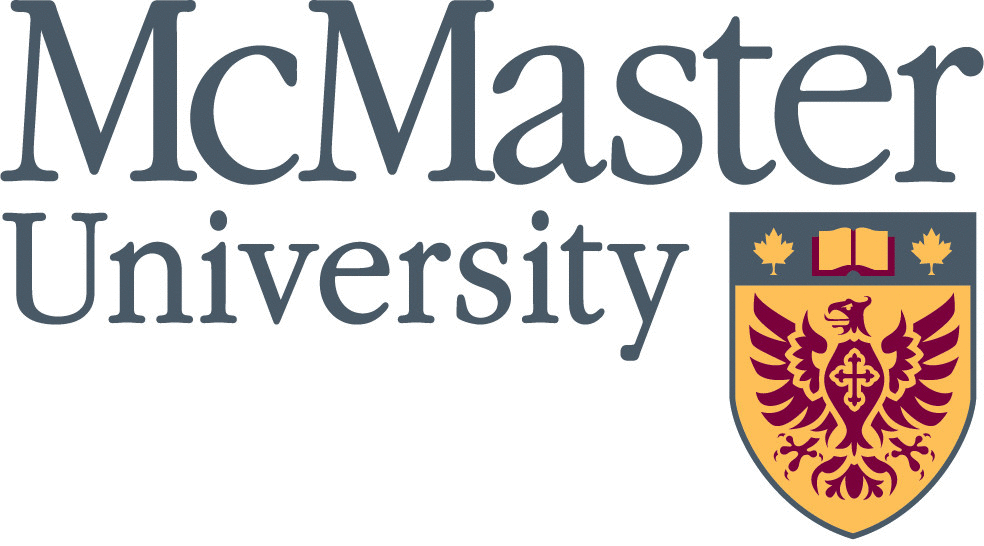Salaried Pension Plan Report, MURA Annual General Meeting
by Bob West
What is the financial condition of our pension plan?
The last actuarial valuation of the pension plan on July 1, 2011 showed a deficiency of approximately $168 million. This is a large amount, but not out of line with many other pension plans. There are several reasons for the deficiency, among them:
- the fallout from the 2008/2009 world financial crisis, which saw negative investment, returns of 11.6% in 2008 and 3.98% in 2009
- the artificially low interest rates (which still prevail today) that were used to calculate the plan liabilities (lower rates equates to higher liabilities) and thus the higher assets needed by the plan
- the good news, retirees are living and collecting pensions for a longer time -- how is this being dealt with?
- the University is required to, and has been making substantial additional contributions to the plan; because of the unusual situation, the province has allowed these payments to be spread over a longer periods
- the University has negotiated changes to the early retirement “Rule of 80” up to a new “Rule of 90” for faculty
- The province has proposed consolidating the assets of Ontario university pension plans to reduce costs and provide access to a wider range of investments to improve investment returns. The plan was outlined in the “Morneau” report in the fall of 2012 but no legislation to enact its recommendations has yet been introduced
The success of these measures will be determined by the next actuarial valuation due July 1, 2014. To its credit, the University is attempting to keep a defined benefit pension plan when other employers have converted to a group RRSP plan which has much less certainty for employees.
Will we ever see another increase in our pension?
The January increase (if any) each year is calculated as the excess of the average investment returns for the 5 years ended the previous June, over 4.5%. The last increase received was in January 2009. No increases have been given from 2010 to 2013 as the 5-year average includes the negative returns in 2008 and 2009. Any increase is restricted to the average increase in the Consumer Price Index over the same 5-year period.
In order to receive an increase in January 2014, it would be necessary to earn investment returns of at least 9% for the year ended June 30, 2013. Investment returns for the first 9 months of this period have been good and I am cautiously optimistic that a modest increase in January 2014 is possible. Increases beyond 2014 are more likely as the large 11.69% negative return of 2008 will drop out of the 5-year average.
